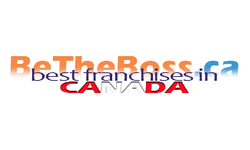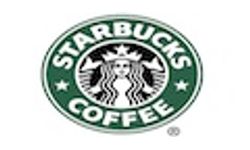


Some Historic Background

The legend of Starbucks began on a Seattle street corner in the roaring Seventies. The doors of the first cafe bearing the famous logo opened in Pike Place Market after a trio of friends were inspired by the entrepreneurial venture of Alfred Peet, who had recently opened his own caff. The goal of Jerry, Gordon and Zev was to offer a premier experience of connoisseur-worthy roasting. In keeping with its profound respect for the ancient drink, the beans were purchased green to ensure the ultimate freshness. It took only a decade for the franchise to earn its status as Washington's most celebrated roaster. By 1980, six Starbucks had opened under the guidance of the three men, but the unusual spin that makes today's franchises unique only dawned after Howard Schultz took an interest in the novel drinking habits of morning clientele. Schultz' passion for the industry led to the company's goal to recreate the lengthy caff visits that were a part of Italian culture. Here, coffee shops were social places and clients would spend their studying, reading and conversational hours seated over steaming cups of espressos. Schultz' vision wasn't shared by his new partners, so he branched out on his own. By 1987, Schultz' concept had profited him solidly enough for him to purchase the brand from his two partners. This was how the Starbucks Corporation was pushed into franchising in 1992, when the company became public and branched out offshore.
The Coffee Industry Today
Today, coffee making has been transformed into a trendy art form. Recent reports of the health benefits of coffee beans have only added to its steady revenue growth. These changes have increased demand, which is expected to receive further support from decreasing prices. Despite the recession, which dampened sales slightly, profits have continued to rise predictably. Coffee shop chains have been one of the most important distributors of the world's most renowned beans and with the soaring popularity of gourmet cappuccinos, lattes and espressos, caff chains hold a significant market share that is only projected to improve in 2013.
The Starbucks Opportunity

Investment analysts are excited about their projections for Starbucks Corporation in the coming year. Nine of 31 analysts questioned in April 2013 forecasted that Canadian franchise owners will find their businesses outperforming the rest of the gourmet coffee market, whilst 22 analysts felt positive about its prospects for the coming year. Its equal opportunity employment and eco-friendly status feeds into consumer demand for high-conscience purchases. Its finance team acts as a core tactical component of the whole, continuously analysing the financial benefits of potential opportunities for the franchise. The innovative background of the IT leaders of Starbucks gives franchisees a solid online marketing strategy with heavy internet presence throughout the world. Competent distribution channels and comprehensive organizational structures give new entrepreneurs a reliable and stable infrastructure to maximize their return on investment for their Canadian franchise.
Key benefits
- An internationally celebrated brand achieves instant recognition in any location across Canada.
- Franchises tailored to various disparate markets, allowing franchisees to target the consumer demographics that suit them best.
- The franchisor's specialized program helps new business owners to secure high traffic locations.
- Marketing and merchandising is targeted towards each individual locale.
Stop working for someone else and enjoy the freedom of being an entrepreneur today.


Starbucks Sparks Conversation on Climate Crisis

